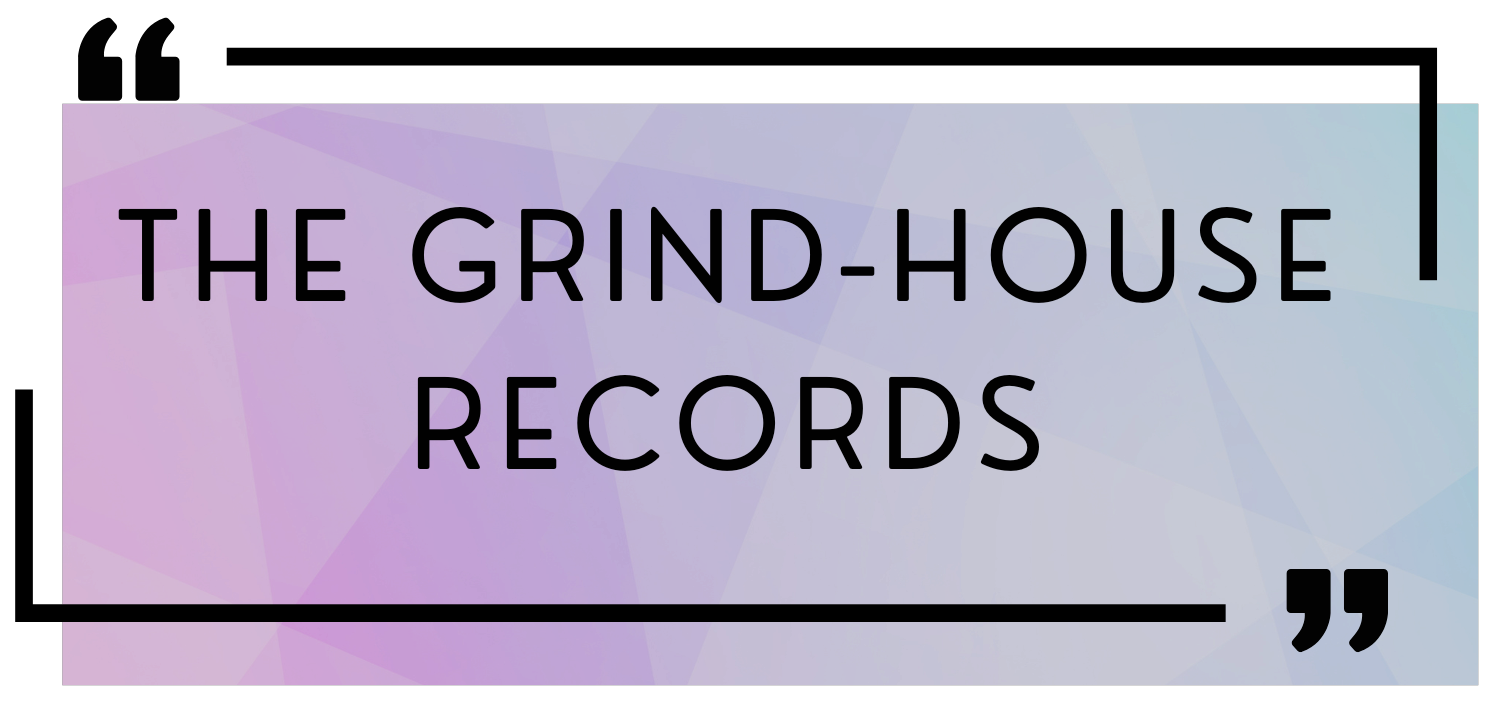Music has been a part of human culture since the dawn of time. From banging rocks together to orchestrating complex symphonies, we have always found ways to express ourselves through music. However, with the rise of technology in recent years, the way we listen to and create music has undergone a revolution. Today’s blog post will explore some of these changes and how they are shaping the future of music as we know it. So sit back, put on your headphones, and let’s dive into this exciting world where technology meets creativity!
Technology is changing the way we listen to and create music in ways that are both exciting and challenging. While there are many different ways to listen to music, technology is helping us embrace new ways of listening that allow us to connect with music on a more personal level.
One of the most popular ways to listen to music today is through streaming services like Spotify or Apple Music. These services allow users to access an ever-growing library of songs, as well as curated playlists created by other users. Streaming services also allow users to create their own playlists, which can be shared with others via social media or uploaded directly to streaming services like Spotify.
Another way to experience music is through audiobooks. With audiobooks, you can enjoy stories narrated by professional actors while listening on your smartphone or audio device. This allows you to enjoy audiobooks anywhere you have a wireless connection, making them perfect for when you have some free time and want something entertaining but doesn’t want anything heavy or long-term commitment.
One of the challenges that come with all these new technologies is how they are going to affect the way we learn music. With streaming services like Spotify, it’s easy for people who only use one type of media (like listening only through headphones) to get lost in the mix and not understand what they’re hearing in songs or albums. It’s important for students who are learning how to read music notation and musicians who are learning how to play instruments using traditional methods to continue using these traditional methods, no matter what type of technology is used to listen to and create music.
Technology is changing the way we listen to and create music in ways that are both exciting and challenging. While there are many different ways to listen to music, technology is helping us embrace new ways of listening that allow us to connect with music on a more personal level. One of the most popular ways to listen to music today is through streaming services like Spotify or Apple Music. These services allow users to access an ever-growing library of songs, as well as curated playlists created by other users. Streaming services also allow users to create their own playlists, which can be shared with others via social media or uploaded directly to streaming services like Spotify.
Another way to experience music is through audiobooks. With audiobooks, you can enjoy stories narrated by professional actors while listening on your smartphone or audio device. This allows you to enjoy audiobooks anywhere you have a wireless connection, making them perfect for when you have some free time and want something entertaining but doesn’t want anything heavy or long-term commitment.
The History Of Music Creation And Distribution
The history of music creation and distribution is a long and varied one. From simple methods, such as chanting or playing traditional instruments, to modern technologies, such as recording studios and the internet, there has been a constant evolution in how music is created and shared.
One of the earliest forms of music creation was through chanting or playing traditional instruments. This method relied on the use of voice or strings to create sound and was typically used for religious ceremonies or celebrations. Over time, musical instruments were developed, including drums, pipes, and bells. These instruments allowed for more complex melodies to be created, which in turn allowed for more songs to be composed.
Early recording studios were rudimentary affairs consisting of little more than a room with a few microphones and a record player. As technology improved, so too did the quality of recordings made in these studios. Today, professional recording studios are commonplace, allowing for even the most intricate compositions to be recorded with precision.
The advent of the internet has had a profound impact on music distribution. Previously, songs were typically distributed through physical media such as CDs or DVDs. With the advent of digital downloads and streaming services such as Spotify, however, music is now available at any time and from anywhere in the world. This has made it easier for people to explore new genres and artists without having to purchase multiple albums or tracks individually.
Despite these changes, traditional methods of music creation will never be completely supplanted by technology. There are still some occasions where traditional methods are necessary, such as when a song must be recorded in a single take. In these cases, the quality of the recording is more important than any technological advantage.
Overall, the history of music creation and distribution is a long and varied one, with constant evolution in both methods and technology. It is safe to say that there is no one way to create or share music and that each generation will continue to innovate in pursuit of the perfect sound.

